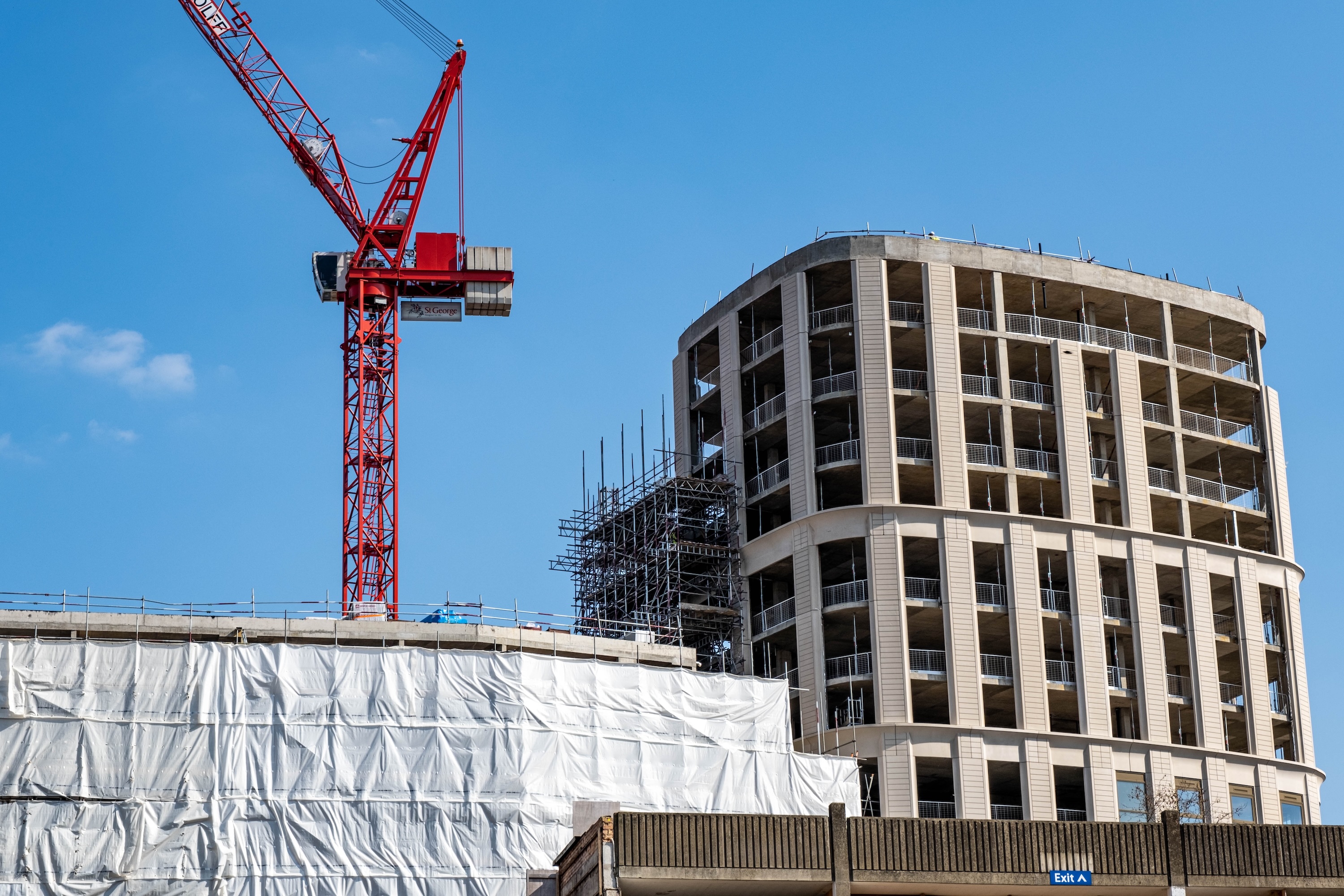The Build-to-Rent (BTR) sector—where homes are designed and built specifically for rent—has become an increasingly important part of the UK housing landscape. Offering professionally managed apartments with amenities like concierge services, communal lounges, and gyms, BTR has proved attractive to both residents and investors south of the border. In Scotland, however, the story has been more complex.
Early Growth and Rising Demand
Scotland entered the BTR conversation strongly. By 2021, the pipeline of new homes had more than doubled year on year, with nearly 13,000 units at some stage of development. Momentum carried through to 2022, when institutional investors and developers highlighted Scotland’s growing rental demand, especially in cities like Edinburgh and Glasgow.
This early optimism reflected a clear market need. Scotland’s urban centres face persistent housing shortages, particularly for young professionals and families who value secure tenancies but cannot yet access home ownership. BTR, with its emphasis on long-term rental stability, seemed to provide a solution.
A Pipeline Stuck in Neutral
Fast forward to 2024, and the narrative has shifted. Research showed as many as 14,000 homes were “stuck in the pipeline,” caught between planning discussions and stalled projects. The problem was not demand, but delivery. Scotland entered 2024 with a national housing emergency formally declared, yet BTR projects that could help relieve pressure were increasingly delayed or shelved.
By early 2025, the slowdown was stark. Just under 1,900 BTR homes were under construction in Scotland, a drop of more than a quarter compared to the previous year. The retreat has raised alarm across the sector, with many pointing to investor hesitancy and uncertain policy conditions.
Policy Uncertainty and Rent Controls
At the heart of this slowdown lies one contentious issue: rent control. In 2022, Scotland introduced temporary rent freeze measures under the Cost of Living (Tenant Protection) Act. While designed to protect tenants during a period of inflationary pressure, these policies sent shockwaves through the investment community. Developers and institutional investors began to question the viability of committing to large-scale BTR projects without long-term certainty.
The Scottish Government is now working on a permanent rent control framework, scheduled for 2027. Current proposals suggest increases capped at inflation plus 1%. Industry groups are lobbying for BTR schemes to be exempt from these restrictions, arguing that large-scale, purpose-built developments require stable returns to attract investment. Without such clarity, the pipeline risks stalling further.
Bright Spots in the Market
Despite challenges, completed BTR schemes in Scotland have been well received. Edinburgh’s McEwan development, for example, has been praised by residents for its design, amenities, and service, earning top ratings from independent reviews. Similar enthusiasm has been seen at Glasgow’s Candleriggs and Aberdeen’s The Point, showing that when delivered, BTR can create vibrant and desirable communities.
Scotland’s BTR market sits at a crossroads. On one hand, the fundamentals are strong: demand for rental homes is high, and residents value the service-driven approach of BTR living. On the other, delays, planning bottlenecks, and uncertainty over rent control legislation are suppressing growth.
For the sector to flourish, policymakers will need to provide clarity and, ideally, carve out supportive exemptions for BTR projects. Done right, the model could play a critical role in easing Scotland’s housing shortage while delivering secure, high-quality rental options for thousands of households.
The opportunity is there—the question is whether Scotland can unlock it.










